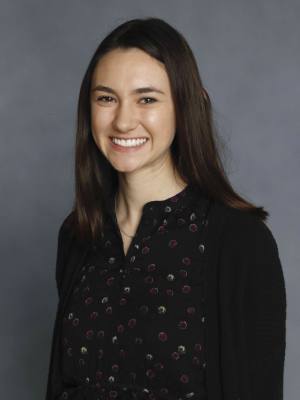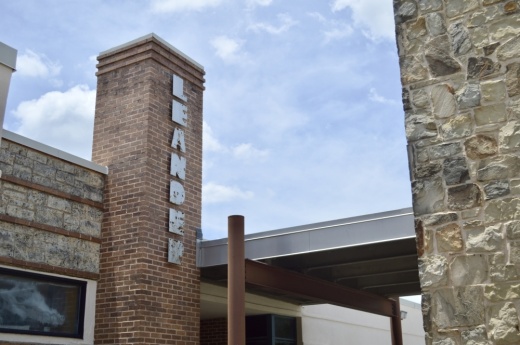The $772.2 million bond includes projects such as new school construction, technology updates and aging school improvements. The district is expecting to add 12,000 students in the next 10 years based on growth projections. This amounts to nine more schools needed in 10 years.
On Aug. 5, the board of trustees approved ordering the Nov. 2 election in a unanimous vote.
Board members considered three bond length and amount options: a four-year $933.4 million bond option, a three-year $813.2 million bond option and a three-year $772.2 million bond option. The lowered three-year option, which was ultimately picked, includes $41 million in bond savings from an unbuilt elementary school in the 2007 bond toward the total bond cost.
“I feel like we have a better shot of it getting passed,” board member Elexis Grimes said about the $772.2 million option. “I feel like community support will be stronger.”
The three-year cycle postpones two recommended projects: an early college high school building and an administration building expansion. These delayed projects would be included in the next bond election, which could be called in 2024.
The bond includes three propositions:
- Proposition A includes a majority of the recommended projects totaling $727,210,817.
- Proposition B includes technology equipment totaling $33,298,077.
- Proposition C includes renovations of performing arts centers and auditoriums at high schools totaling $11,662,346.
- three new elementary schools;
- renovations and updates at aging elementary schools;
- playground improvements at elementary schools;
- one new middle school;
- updates to aging middle schools;
- cafetorium lighting and sound updates at middle schools;
- updates to Cedar Park, Vista Ridge and Leander high schools;
- a new building for New Hope High School;
- a high school-level school of choice, or magnet, program;
- high school fine arts program improvements;
- technology infrastructure improvements; and
- school bus replacements.
“That assumes that we go to bond in three years and that bond passes,” Cogburn said. “We’ve been behind in technology, and if this three-year bond turns into a five or six—we’re potentially taking a step back for the progress that we’ve made.”
2021 bond history
The school board’s decision to call the 2021 bond centered on the LISD Citizens' Facility Advisory Committee’s recommendation. The district was able to call up to a $1 billion bond without a tax increase.
The committee included five subcommittees with about 150 volunteers. A steering committee began with $1.5 billion in projects and narrowed the list into tiers based on need as critical, important or supplemental. The steering committee presented a $933.4 million bond recommendation to the school board June 17. This recommendation focused on growth, aging schools and technology.
“This list of projects is what we need to provide education for our students in our community,” Shaun Cranston, a steering committee co-chair, said to the board Aug. 3.
Past bonds were approved in 2006, 2007 and 2017. The 2006 bond included one of three propositions; voters failed the other two propositions. The 2007 and 2017 bonds passed with 56% and 66% of votes, respectively. The 2007 bond was intended to be a three-year bond, but the recession extended the bond package after enrollment growth decreased.
Postponed projects
Board members and district officials discussed the three-year and four-year cycle options at the Aug. 3 board meeting. Gearing said the decision to delay the early college high school, or ECHS, building and administration building addition was based on what projects could be completed and when in three years. Additionally, a few more small projects, which would have been completed in year four of the four-year cycle bond, were postponed.
“We haven’t cut anything. We’ve just rearranged how we do this,” Gearing said. “That brings different challenges, different consequences," Gearing said. "But we’re a fast-growth district. We’re good at dealing with challenges and consequences.”
The planned early college high school will give 300-400 students to earn a high school diploma and associate degree through Austin Community College. Gearing said Aug. 3 that ACC has the capacity to host the ECHS in its existing facility for the interim. This would provide cost savings to the district, and ACC could make full use of its facility. Portables could also be used at ACC, similar to Round Rock ISD’s ACC campus, if capacity is reached, Gearing said. The future ACC agreement would be a long-term land lease agreement, Gearing said, which saves the district money from needing to purchase land.
At the administration building, additional portables would be used in the interim for the growing district staff. About $1 million from fund balance would supply these portables, Gearing said, and four or five portables would be needed to carry over until the next bond.
Board member Anna Smith said she was concerned about the condition of the administration building and that the board keeps “kicking it down the road.”
“We’ve got to truly give them a safe and nice place to work,” Smith said.





